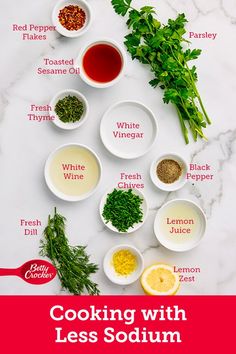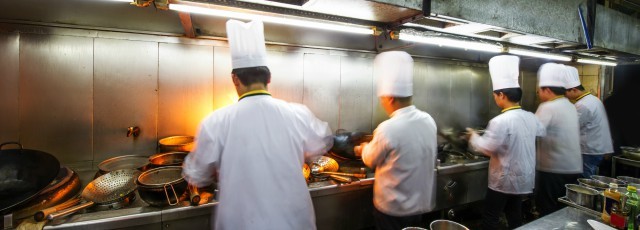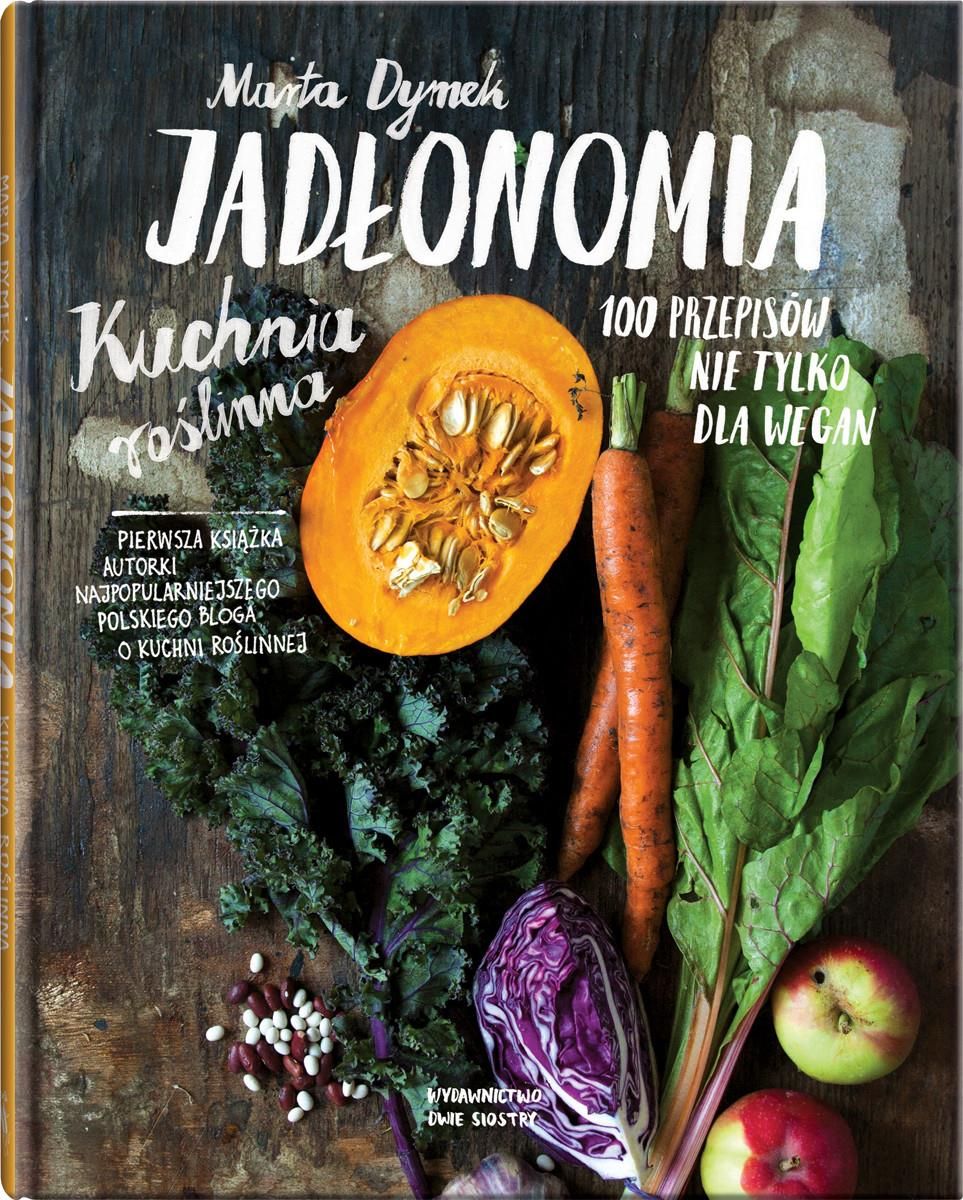
Understanding the science of cooking taste is critical to producing delicious dishes. Learn all about the five flavor combinations that your body recognizes and use them to make delicious dishes. In fact, some dishes employ all five, while others use only two or three. To get the best results, make sure to taste your food during cooking and then fix any off-flavors before you serve it. The art of seasoning food is an important skill. We'll be discussing some of the techniques and ingredients that can improve flavor and umami in this article.
Science behind the food taste
You're not the only one wondering why some foods taste better than others. Scientists are constantly studying how the brain functions and are trying to uncover more sensory receptors that detect flavors in food. Proteins in other foods, such as proteins found in meats, also have a role to play in flavoring food and making it more appealing. It is a combination a number of chemical properties that create the taste of food. This complex process is what gives rise to the delicious flavor. It all begins with the smell and taste of the food, which is then processed by enzymes in the saliva. Moving the food onto the tongue's palate papillae is the next step in the tasting process. These are tiny bumps that house 50-100 taste cells. Each taste cell is folded like a flower, and has a chemical receptor that translates into taste. This process is known "flavor perception".
Flavor-enhancing ingredients
Good cooks understand how to add flavour to their dishes. They keep a stash of favorite condiments, produce staples, spice blends and other spices in their pantry. These items can simplify the cooking process, increase flavor, and reduce preparation time. These ingredients are the foundation of great meals. Here are some of my favorite recipes:

Techniques to enhance flavour
The best dishes highlight the many layers of flavour within the ingredients. This is achieved through the use diverse techniques. These include adding flavours to food before they cook and adding them into the final product. Each step adds depth and flavor to the dish. If you skip one step, all the others will be less effective. Salting an ingredient before cooking can add sweetness to it.
Umami-enhancing ingredients
The taste of umami is not a distinctively Chinese trait. Umami is a flavor that can be found in almost all foods. However, it's not a characteristic of Asian food. Glutamate, an amino acid, gives the flavor. Monosodium Glutamate, although it has a bad name, is safe to use in cooking. Monosodium glutamate, an amino acid found in food naturally, is a safe ingredient. It is considered safe by the U.S. Food and Drug Administration.
Ingredients that enhance bitterness
When cooking, bitter ingredients can compliment each other. For example bitter chocolate is often more tasty than milk chocolate. This is because there's less contrast between the sweetness and bitterness. Salt can reduce the bitterness of desserts. Salt may be an option if you are using bitter ingredients in a recipe. Here are some tips to balance bitterness when making dishes.

FAQ
How do I learn about cooking and baking?
All over the country, cooking classes are offered. Many schools offer courses on baking, pastry, or wine tasting. If you want to learn more about cooking, you can enroll in a class at a local community college or vocational school, or attend one offered by a private institution.
How to become a chef
There are many paths to becoming a chef. Begin by enrolling at a community college. You might also consider going to culinary school. You can also apply for a paid internship.
How can I get hired to be a chef?
To get a job as chef, you must first complete a culinary arts degree. Next, you should join a professional association such as the American Culinary Federation (ACF). The ACF offers certification exams and networking opportunities.
Statistics
- In the United States, the category is estimated at $23.2 billion annually and is growing faster than the market. (washingtonpost.com)
- On average, chefs earn $58,740 a year, according to the BLS. - learnhowtobecome.org
- under 10 Kids have been taught that there is special food just for them, and Fiese says that 10 percent of kids will throw a tantrum if they don't get the food they want. (washingtonpost.com)
External Links
How To
How to cook steak
The thickness of the meat determines the best cooking method. Thicker steaks should be cooked over low heat. Thicker steaks will need to cook at higher temperatures.
It's important to not overcook the steaks as they will lose their taste. Remember to take your steak out of the oven when it's done. You won't burn.
Cooking times depend on the size of the steak and the desired degree of doneness. Here are some guidelines:
Medium Rare: Cook to medium rare. This means that the internal temperature should reach 145degF (63degC). This should take between 3 and 5 min per side.
Medium: Cook until medium. This means that the internal temp has reached 160 degrees F (71 degrees Celsius). This takes approximately 6 minutes per side.
When done well, cook until the internal temperatures reach 180°F (82°C). This normally takes 8 to 12 minutes per side.